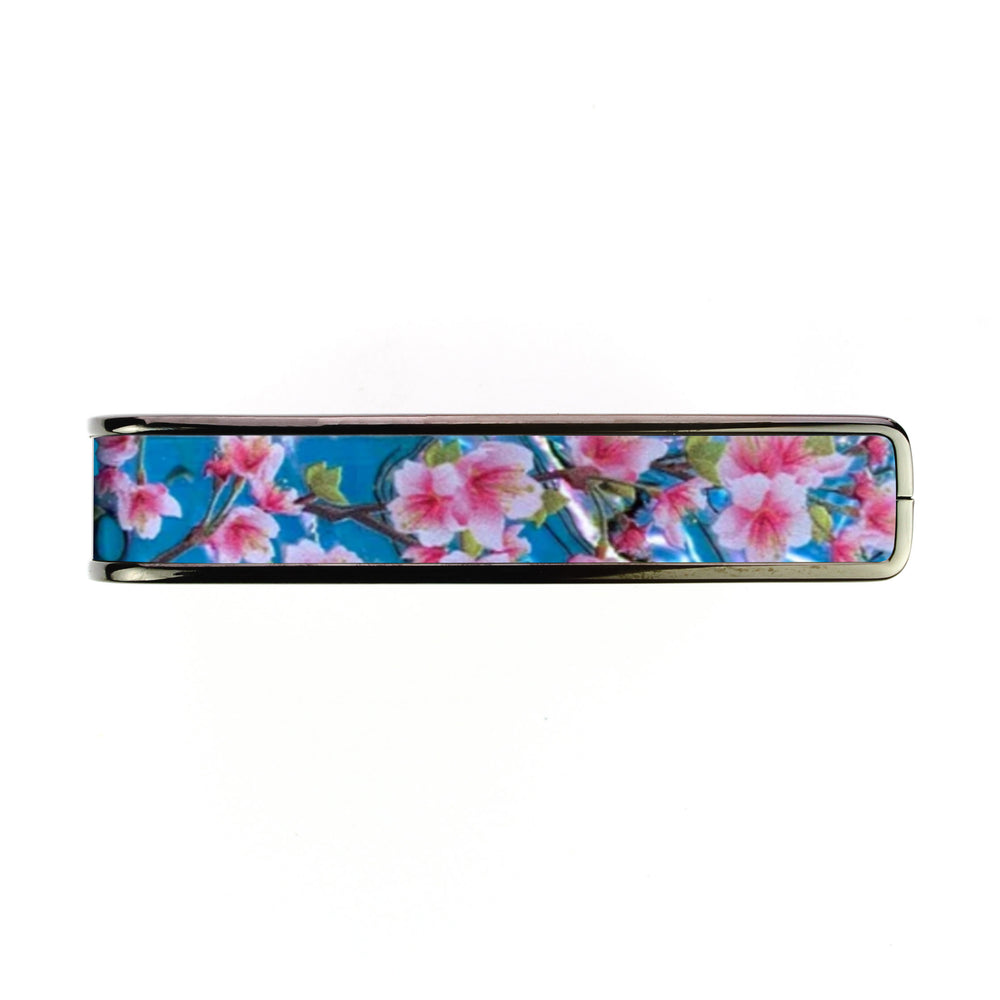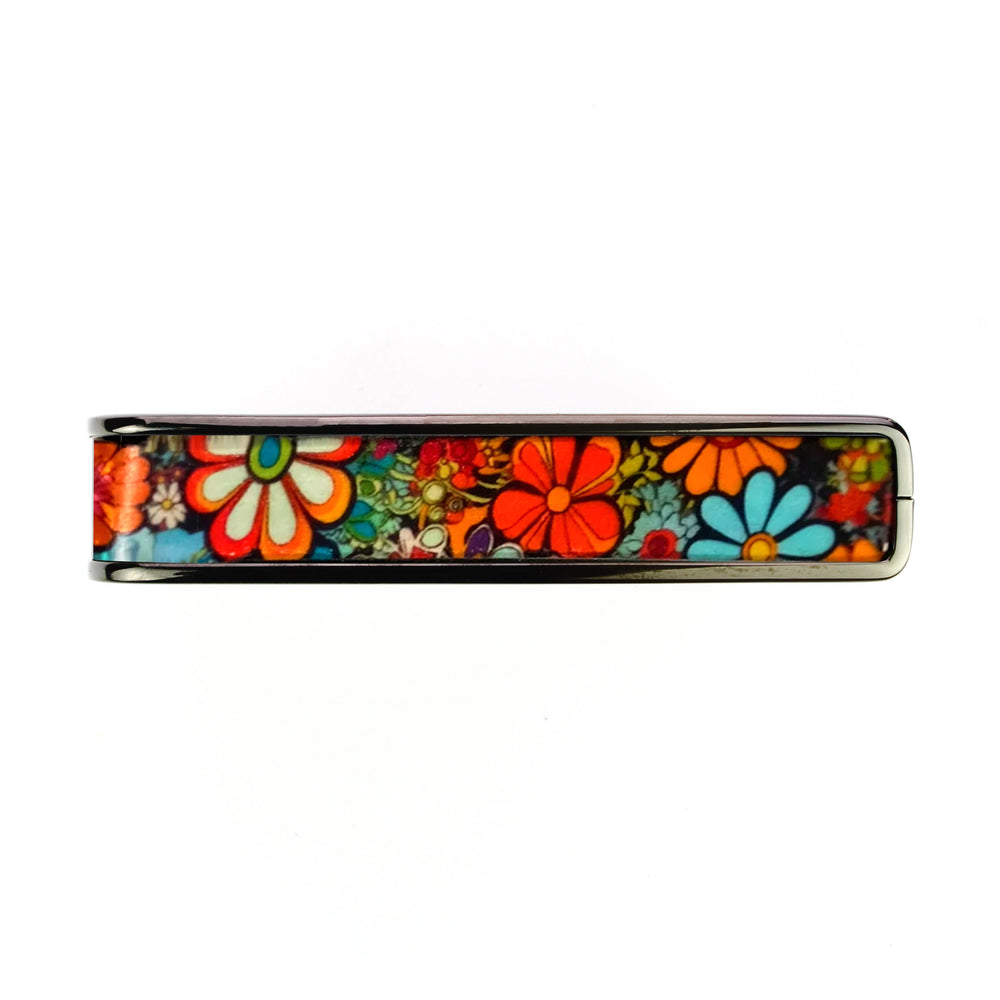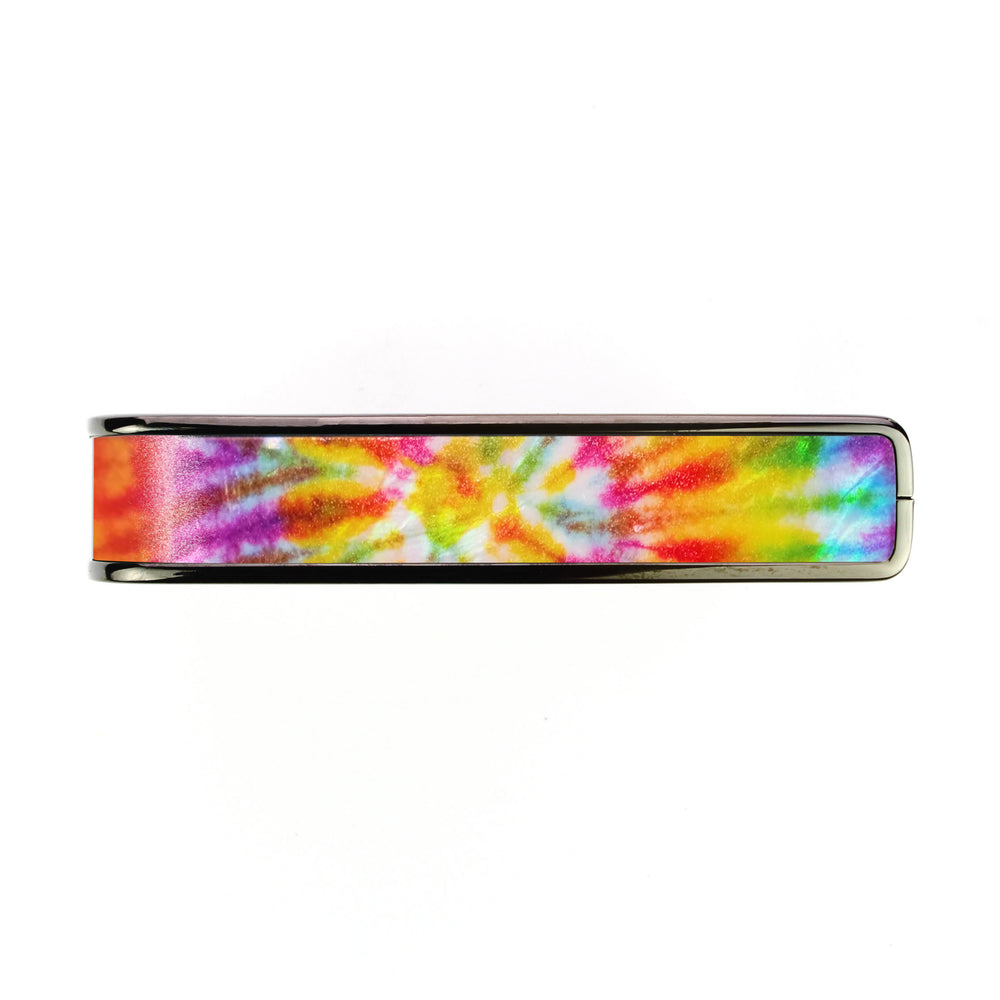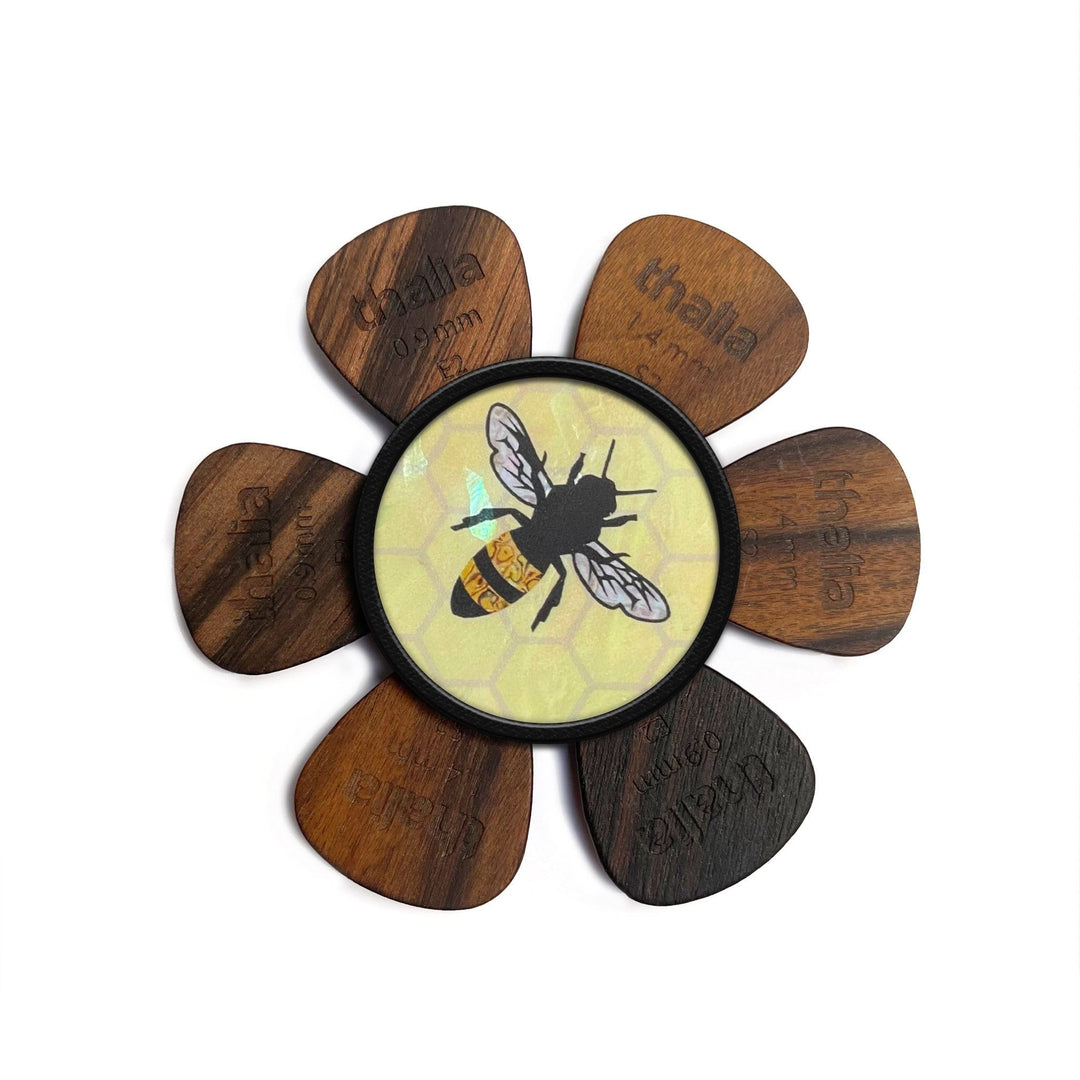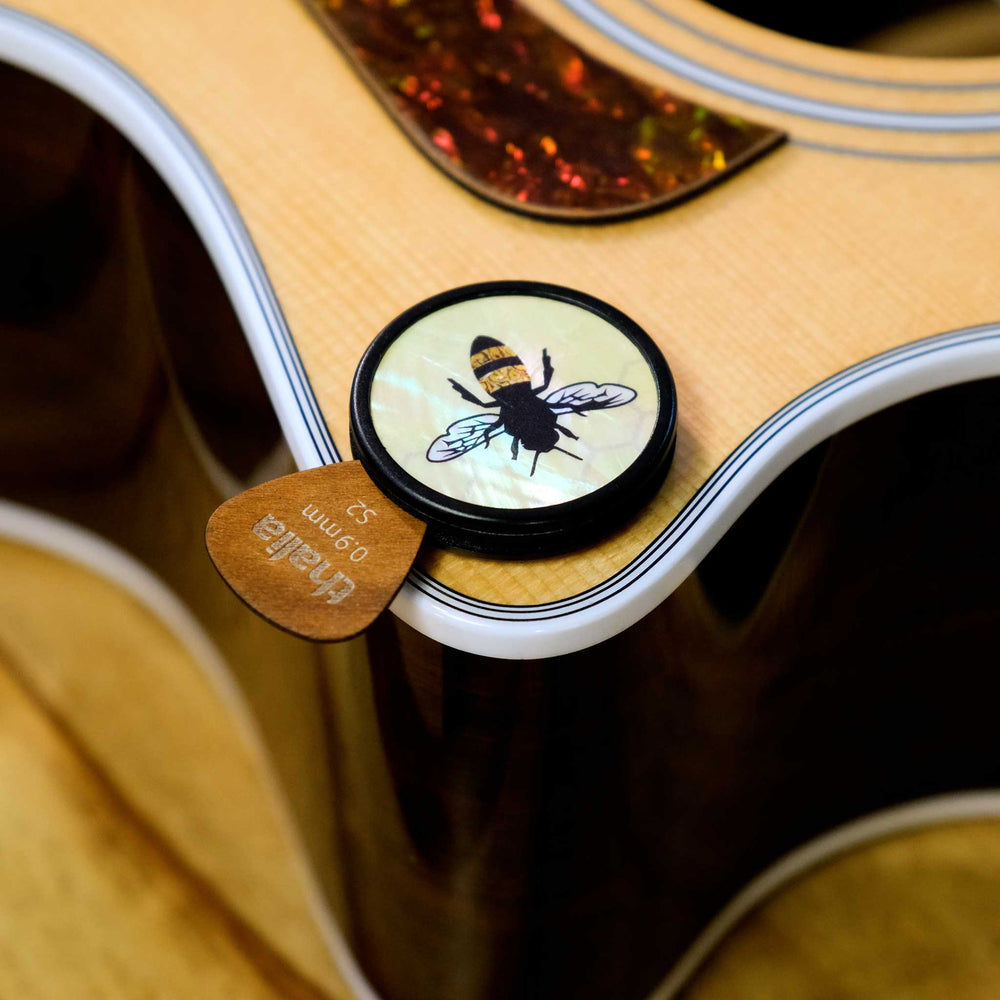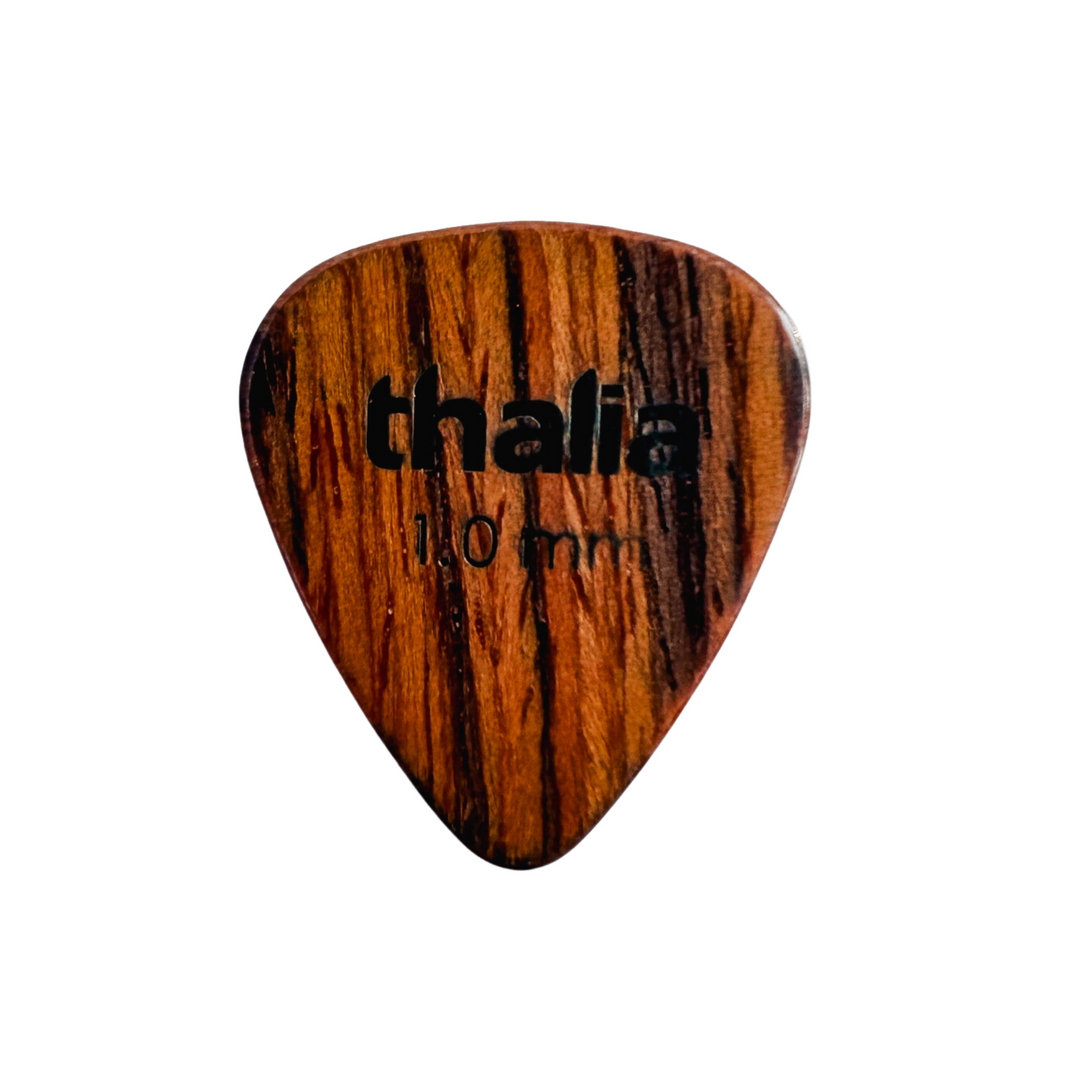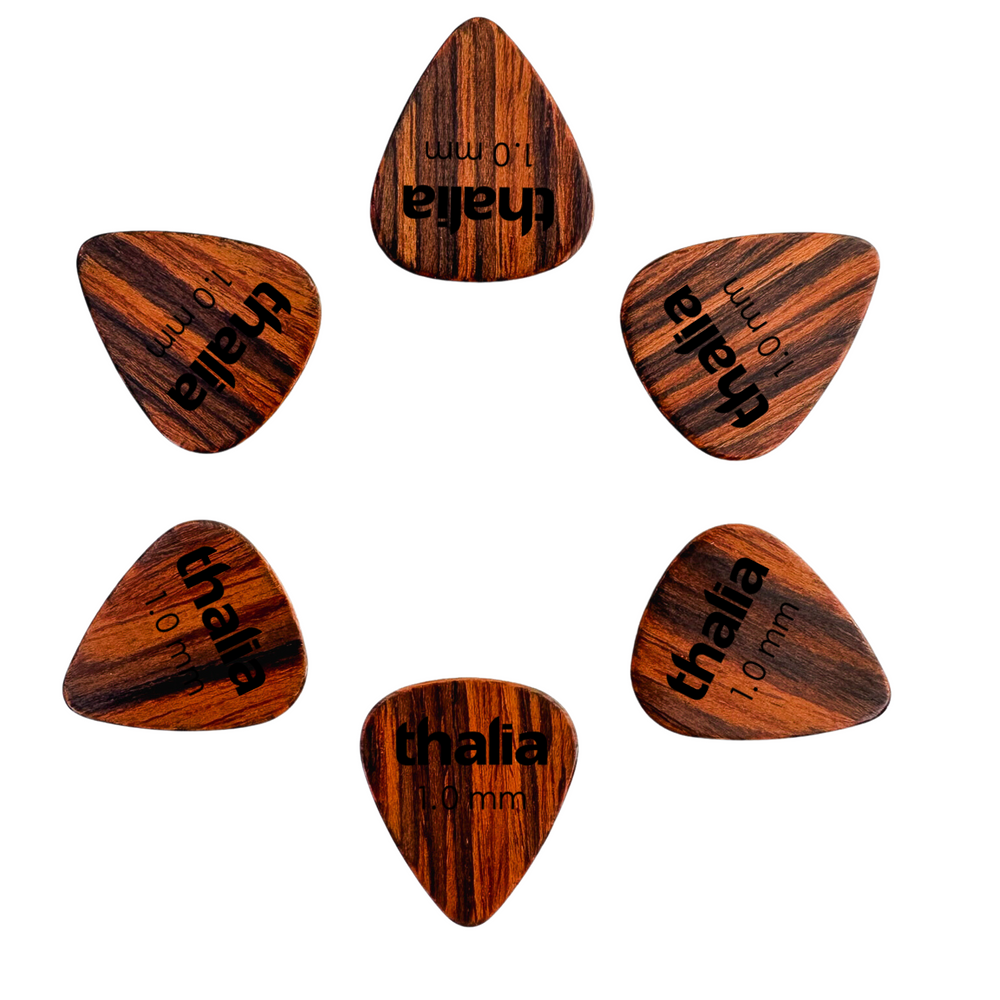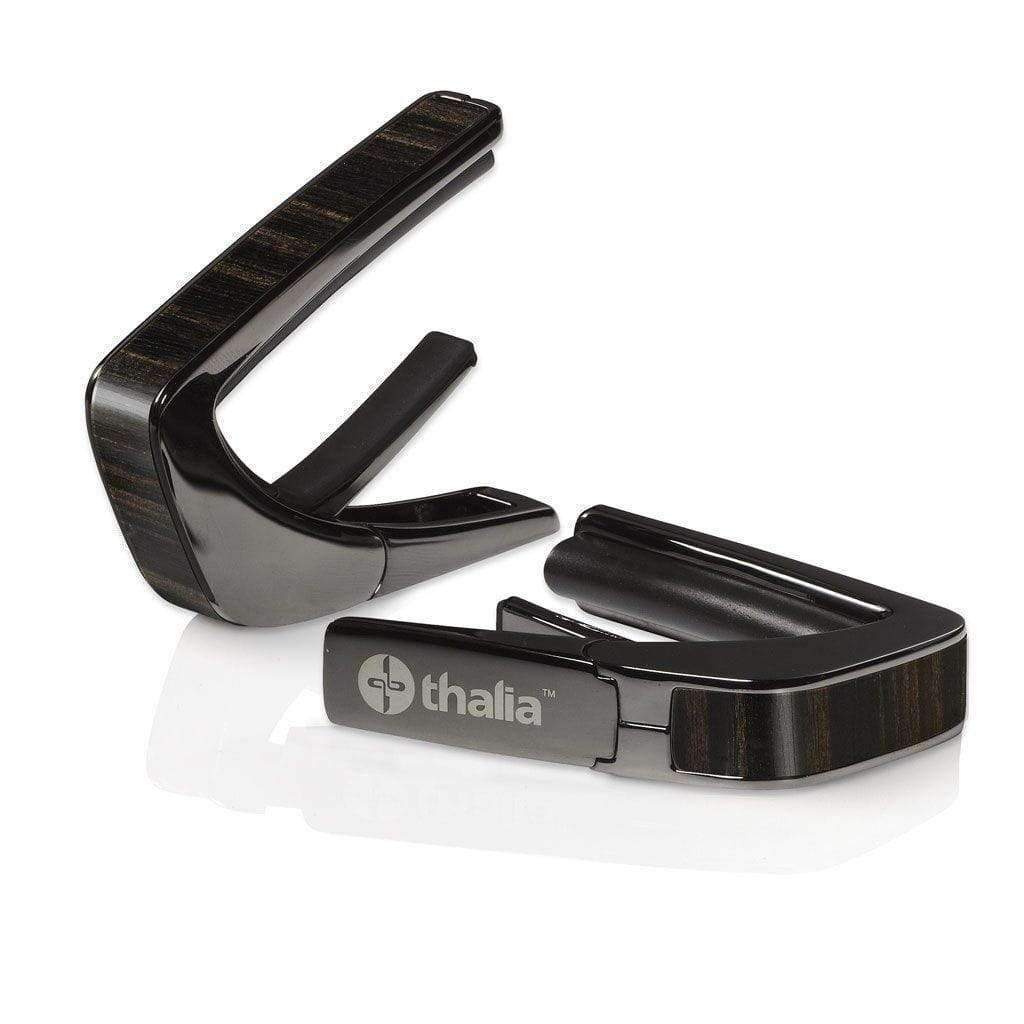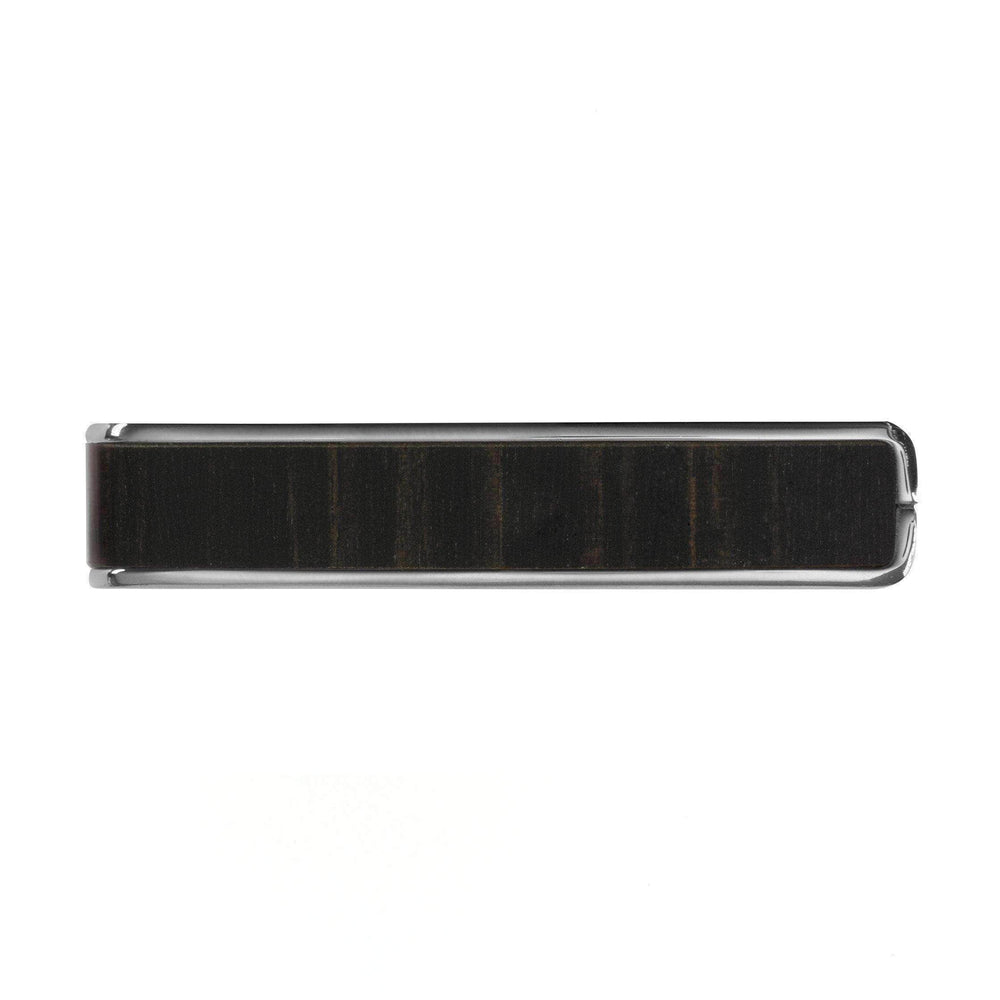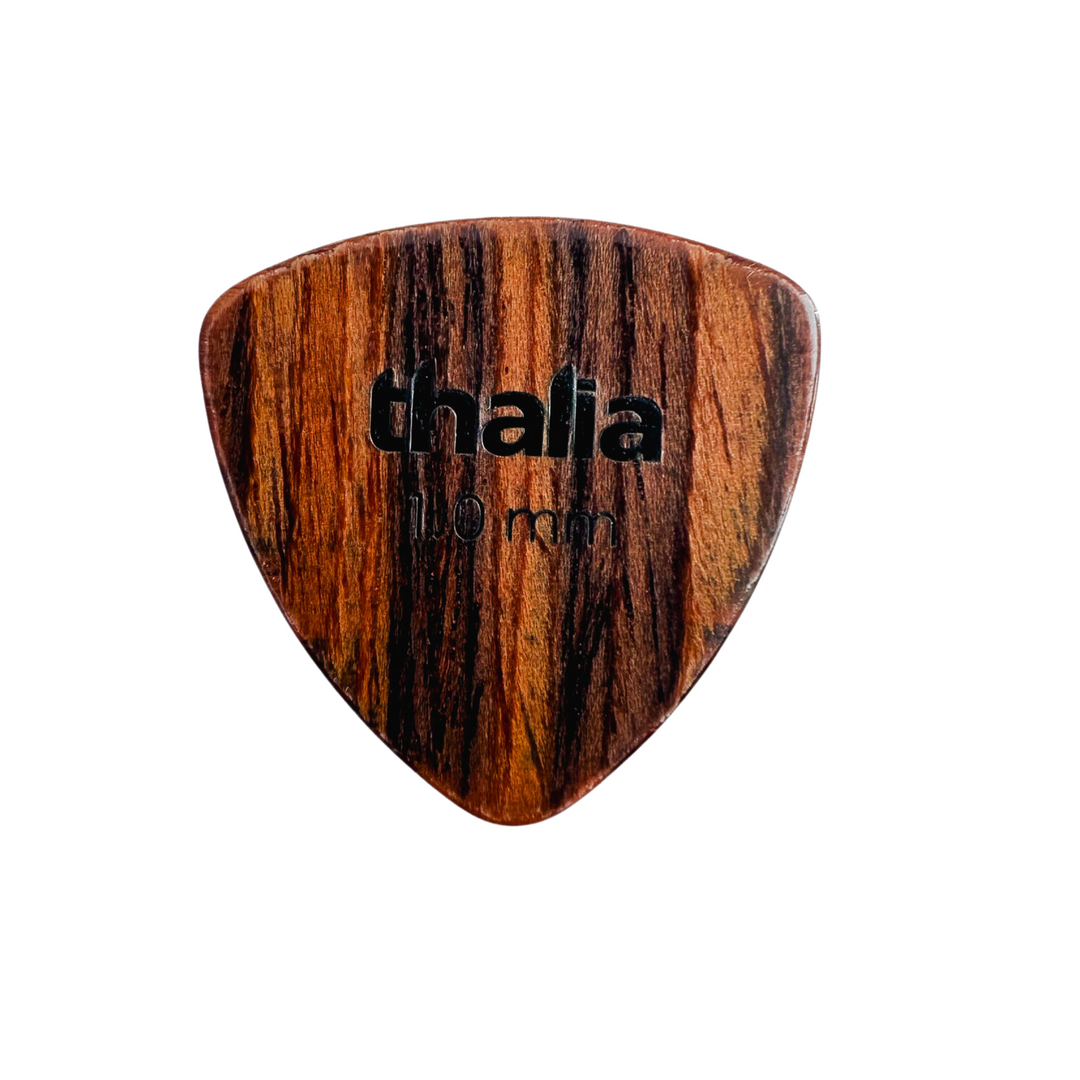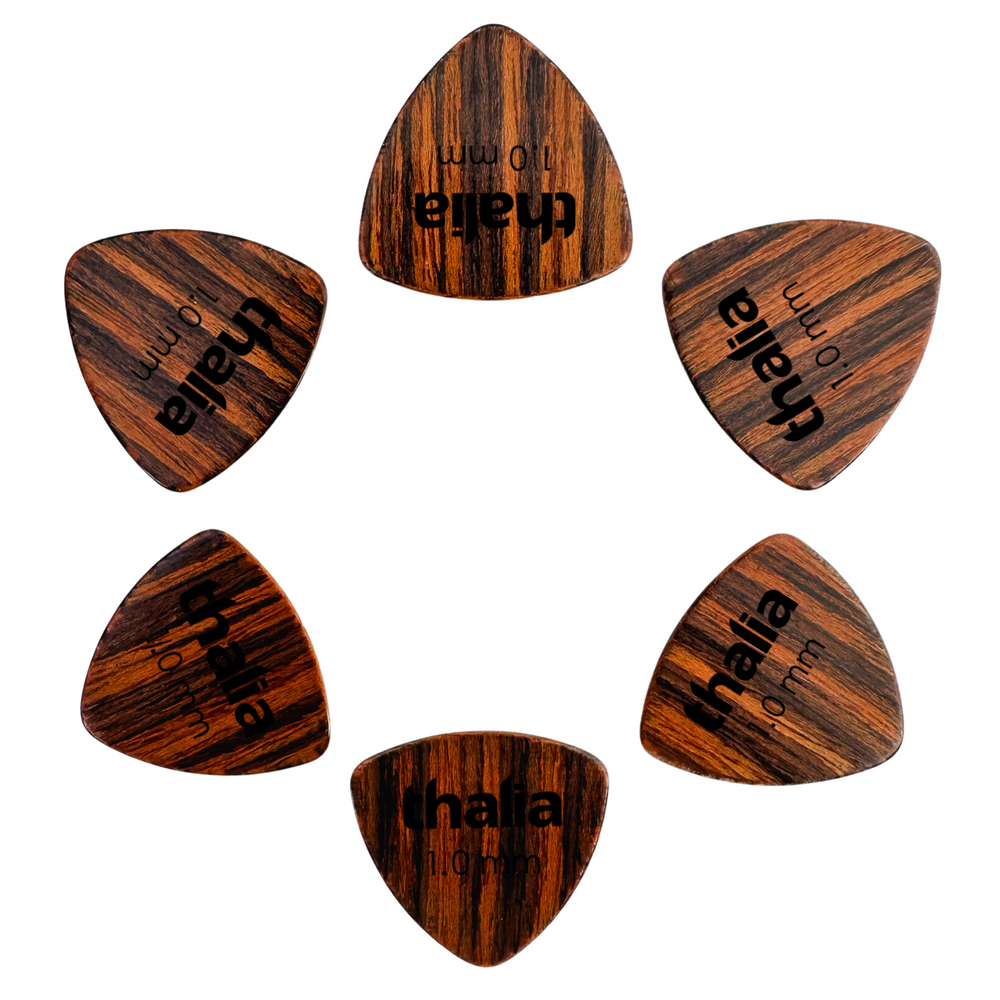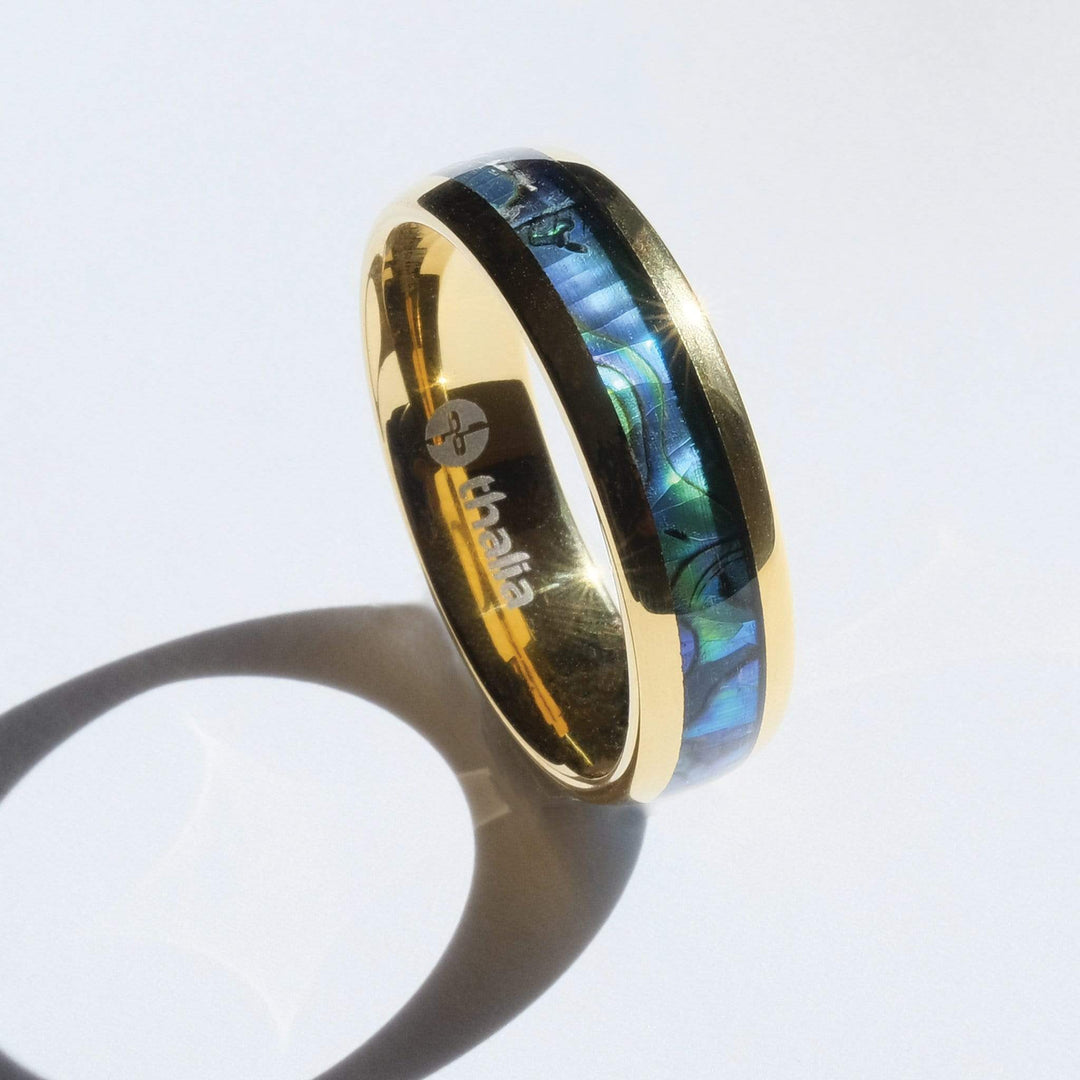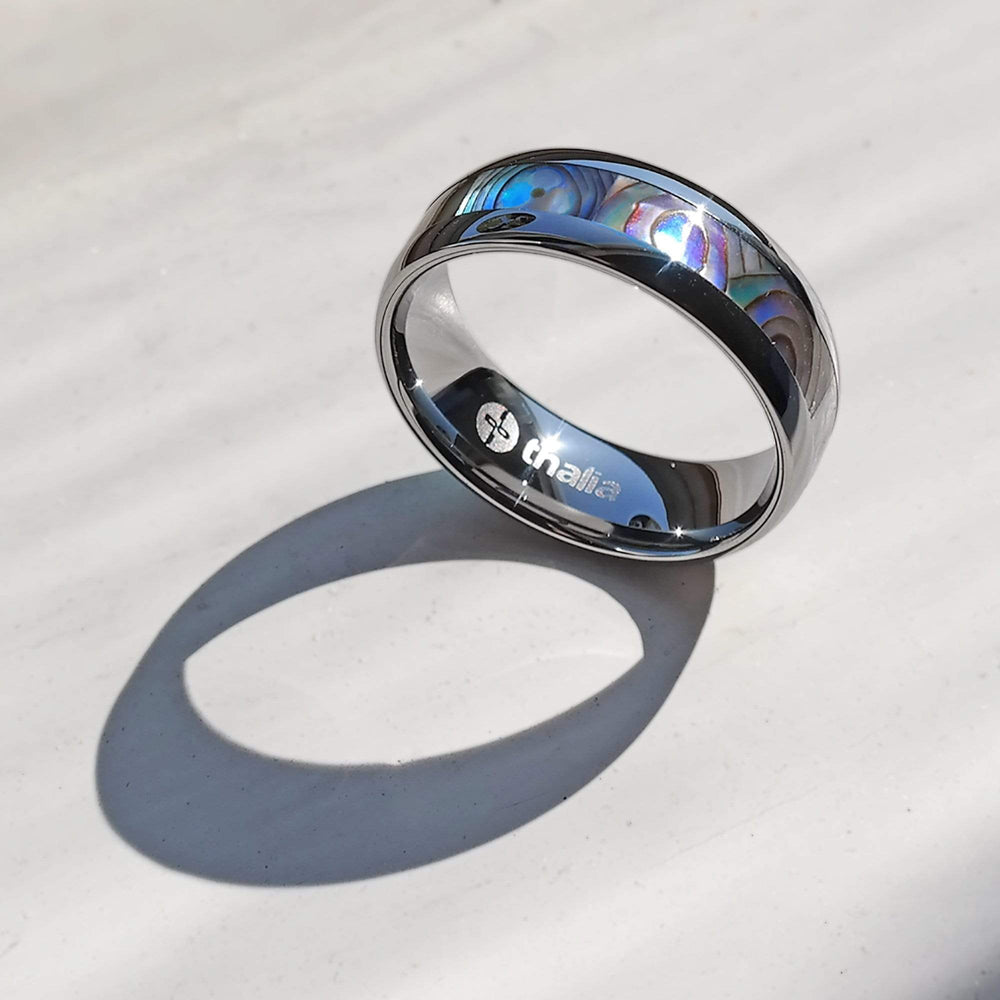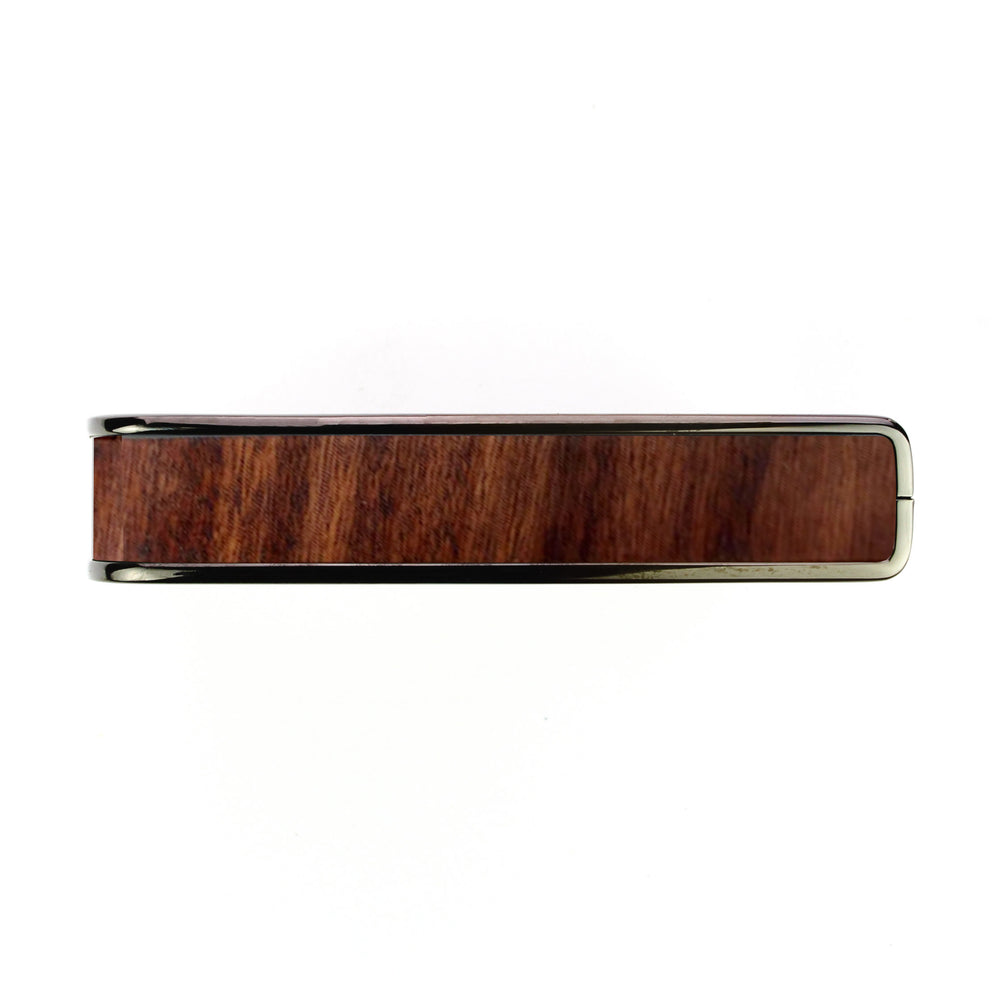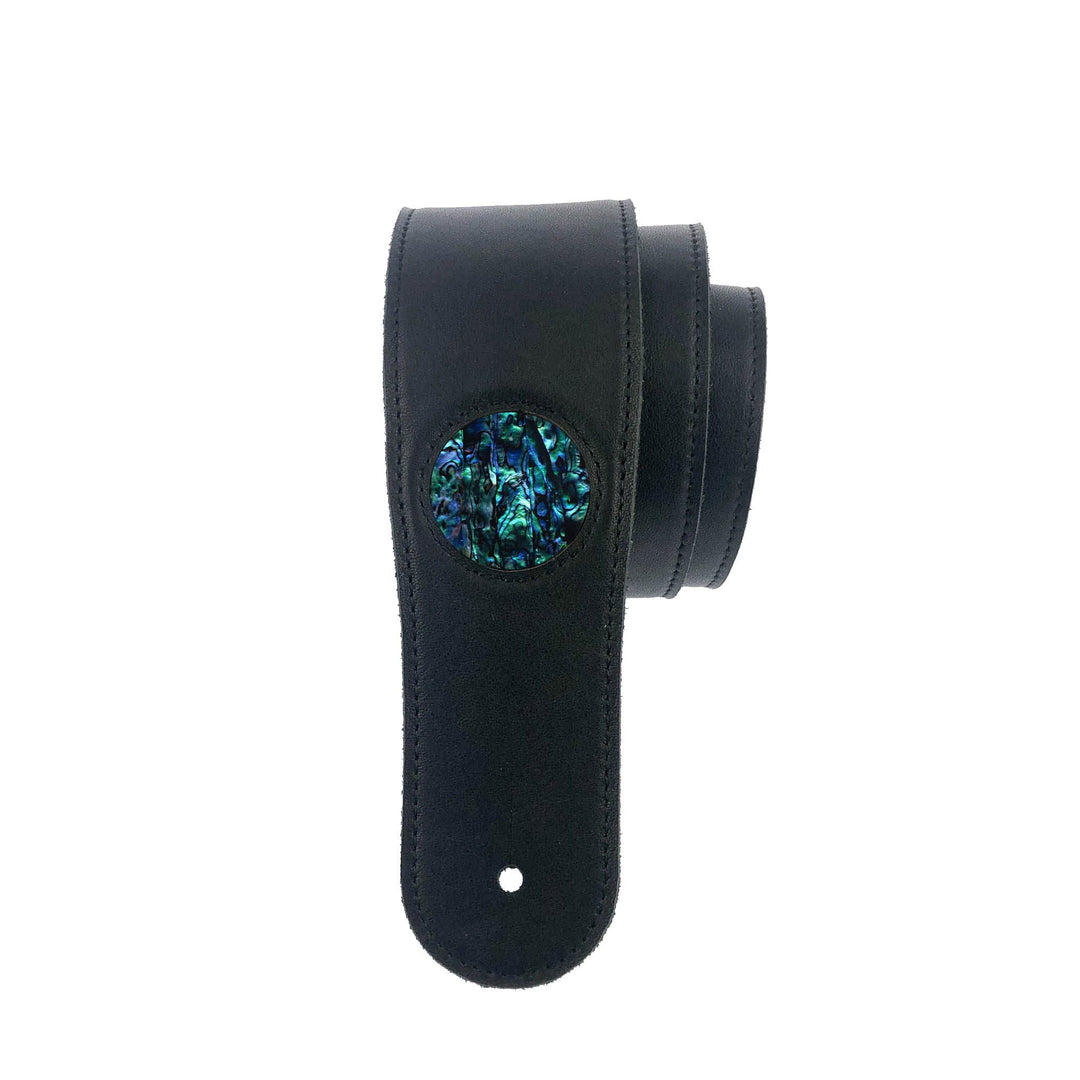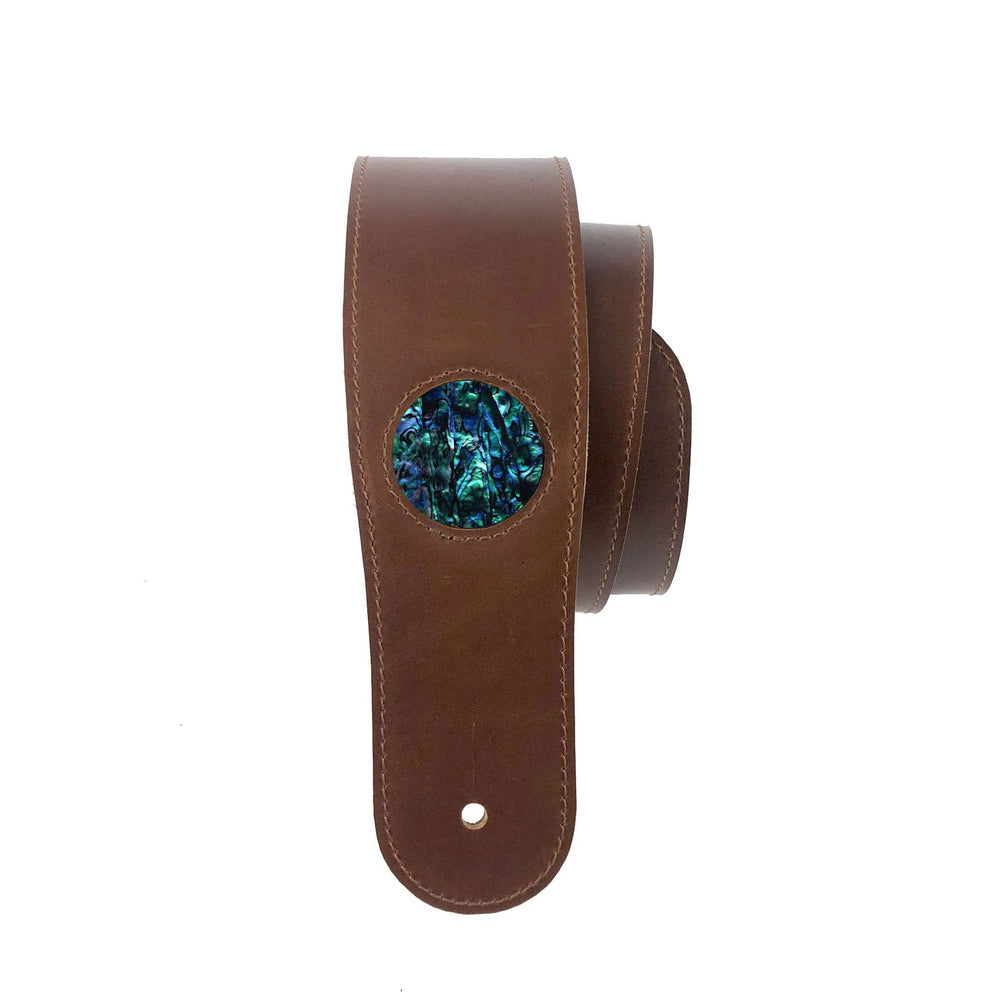Paul Kossoff - A Glimpse at the Back Street Crawler
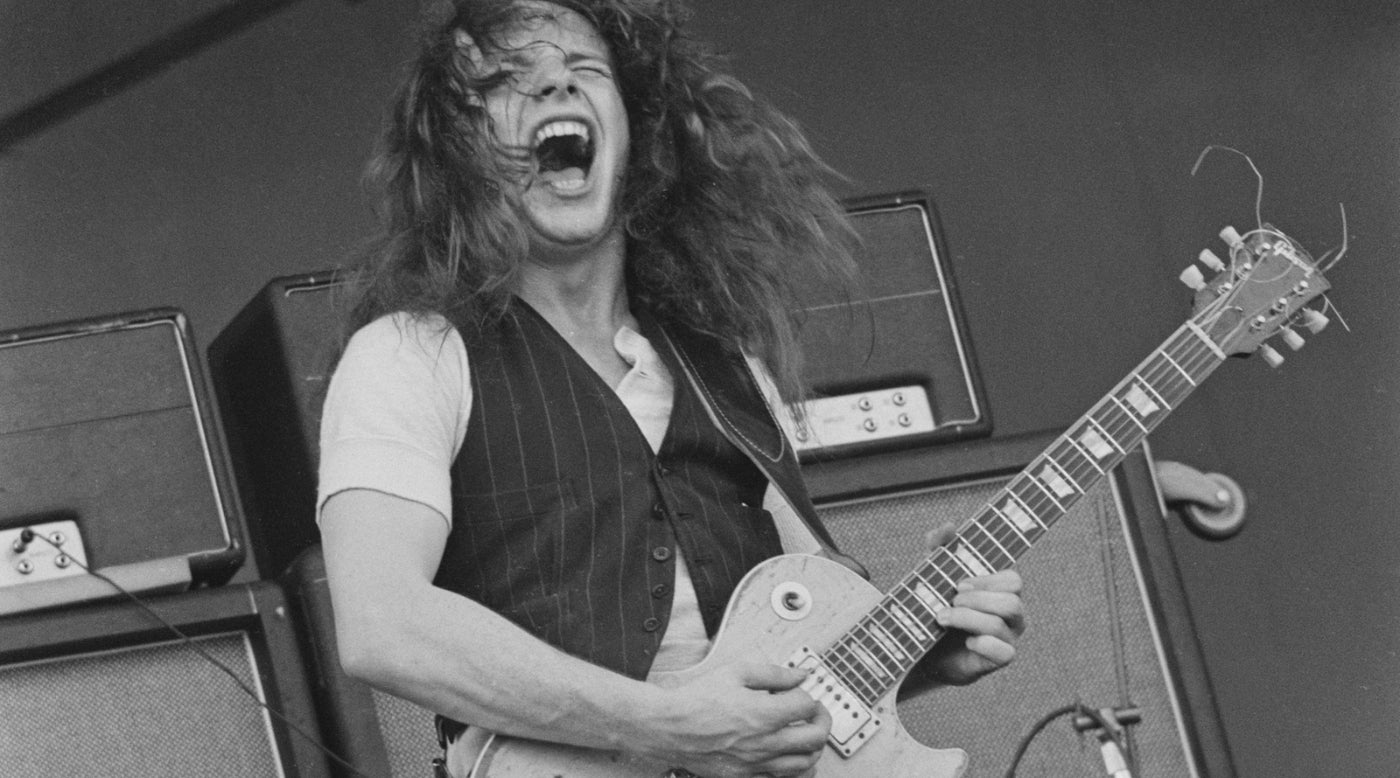
If you think of great guitarists of the 1960s (or at least those who got their start at that time), you will, without a doubt, think of cats like Eric Clapton, Jimmy Page, Jeff Beck, and Richie Blackmore, among others. One that arguably doesn’t get enough mention in similar sentences would be the great guitar player from Free, Paul Kossoff.
Kossoff had a very unique style of blues-based playing that was his own. Even today, people gawk at the simplicity of his playing, the killer tone, and that vibrato! Fast and wide, always seeming to fall off the rails while always staying on the tracks.
Free at last
Paul Kossoff was born in 1950 in Hampstead, London. After attending his first concert at age 8 (Tommy Steele at the London Palladium), Kossoff soon received his first guitar and started taking lessons. He was also playing with several local groups by his teen years, having taken to the instrument like a duck to water. At age 15, he gave up on academics and began working on his father David Kossoff’s touring productions (David Kossoff was a popular stage and television actor in the UK).
After seeing Eric Clapton perform with the Blues Breakers, the dye was cast and Kossoff turned his attention to electric blues, immersing himself in the music of Clapton, Peter Green and the “Three Kings” (Albert, Freddie and B.B.)
Having gone through a few different groups, he eventually teamed up with bassist Andy Frasier, drummer Simon Kirke and singer Paul Rodgers to form Free in 1968, the band with which Kossoff will have left his biggest mark.
Free would go on to release six studio records and one live record during their brief existence. Frasier and Rodgers were constantly at odds, and the group disbanded once in 1971, before reuniting in 1972. In 1973, Free was finished.
After The Dust Settled
During Free’s first disbandment, Kossoff joined a new project with Simon Kirke, Tetsu Yamauchi and John “Rabbit” Bundrick. The group released the album Kossoff Kirke Tetsu Rabbit (hereafter KKTR) in 1971 to poor reviews.
After Free called it quits for good in 1973, Kossoff released one solo album, Back Street Crawler in 1973 (on which all the former members of Free guested), and would form a band of the same name soon after. Two more albums with the band would follow, 1975’s The Band Plays On, and 1976’s 2nd Street (released posthumously). Unfortunately, the albums would not garner the same acclaim and attention as Free’s.
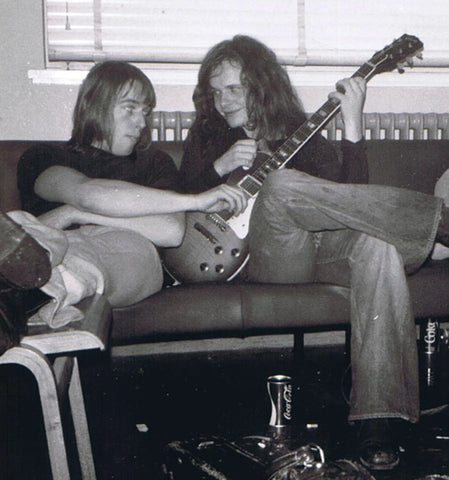
What Made Kossoff So Special
What people took notice of about Kossoff is the way his playing went against what his contemporaries were doing. While British blues musicians were going for speed and flash, Kossoff was slow and methodical. He took his time, playing every note with equal importance, and letting the music breathe between phrases. All of this is punctuated by his signature vibrato.
If you take the solo from Free’s biggest hit “All Right Now”, you get a fantastic example of Kossoff’s sense of melody and restraint. He begins with some slow lines, picking just the right notes and leaving the right amount of space for the listener to take it in. When things get a little bit flashy, it’s only for brief moments, with those quick licks repeating themselves (first major then minor), punctuated with bent notes and his vibrato. Other players may have taken the space for the solo to dig in more, play more, and be showier. Kossoff proved that this was unnecessary.
There are examples of this all over Free’s catalogue, so be sure to dig past the one major hit.
What Made Him a Tragic Figure
Tragically, Paul Kossoff had a long history of addiction. His use of drugs was reported to have begun at the age of 15 but was more apparent during Free’s later years. Though pot and other recreational drugs were available at the time, Kossoff was also a user of Mandrax (a quaalude), as well as hard drugs later on.
Free’s first disbandment in 1971, along with the 1970 death of Jimi Hendrix (who Kossoff idolized) hit him emotionally harder than the other members. His drug use increased rapidly, though the KKTR album managed to keep him busy. There were also a lot of dealers and hangers-on in Kossoff’s life at that time, so there was a constant supply of dope and pills at his disposal. Several interventions from his parents and friends didn’t help either; he would just go right back to his new habits after short stints away from the environment he found himself in.
Free’s reformation in 1972 was marred by Kossoff’s increasing drug use, becoming unreliable for sessions and gigs, not to mention his playing suffered. So much so that on Free’s final album Heartbreaker, the guitarist can only be found on five of the album’s eight cuts, with additional guitar credits going to drummer Simon Kirke, singer Paul Rodgers and session ace W.G. “Snuffy” Walden. Free toured one last time (without Kossoff) before finally disbanding in 1973.
Kossoff would later add heroin to the mix after Free’s demise. One look at his photo on the cover of the Back Street Crawler album shows a thin and frail Kossoff. Never one of huge physical stature, it’s even more troubling to see this decline. Many attempts by others to get Kossoff clean (from interventions to taking him out of dangerous environments, to having dealers and hangers-on physically removed from hotel rooms and apartments) only slowed the inevitable.
This all came to a head on an overnight flight from Los Angeles to New York in 1976 when Kossoff (on tour with his band Back Street Crawler) died from a pulmonary embolism, an arguable result of years of self-medication. He was only 25.
The Legacy of Paul Kossoff
While Kossoff may not be as household a name as other musicians, he was greatly influential, with players from Gary Rossington to Joe Bonamassa singing his praises. In what was an odd moment for Kossoff, Clapton once asked him backstage how he got his trademark vibrato, surely a shocking moment to be asked that from one’s hero.
There are several gems in Free’s catalogue, from the hit “Alright Now”, to the live version of “Mr. Big”, to the slow blues of “Be My Friend”, among many others that showcase the genius that was Paul Kossoff’s playing. A dive into the KKTR and Back Street Crawler material (not to mention the bits of session work he did) also gave glimpses of what could have been if things were different. For us, we can only listen and admire what was, and hopefully take his influence to heart.
Sometimes you don’t need flash. Just grab onto one note for dear life and make it count. That’s what Kossoff would have done.
By Kevin Daoust - instagram.com/kevindaoust.gtr
Kevin Daoust is a guitarist, guitar educator and writer based in Gatineau, Quebec, Canada. When not tracking guitars for artists around the world, or writing music-related articles around the internet, he can be seen on stage with Accordion-Funk legends Hey, Wow, the acoustic duo Chanté et Kev, as well as a hired gun guitarist around Quebec and Ontario. He holds a Bachelor of Music in Guitar Performance from Carleton University in Ottawa, Ontario, Canada.



